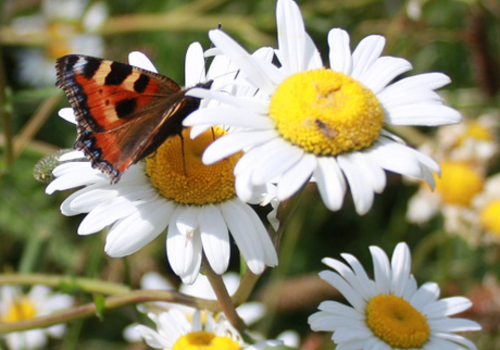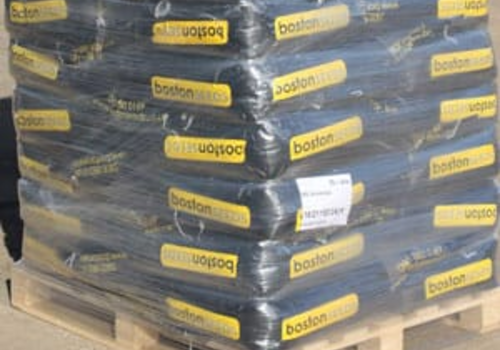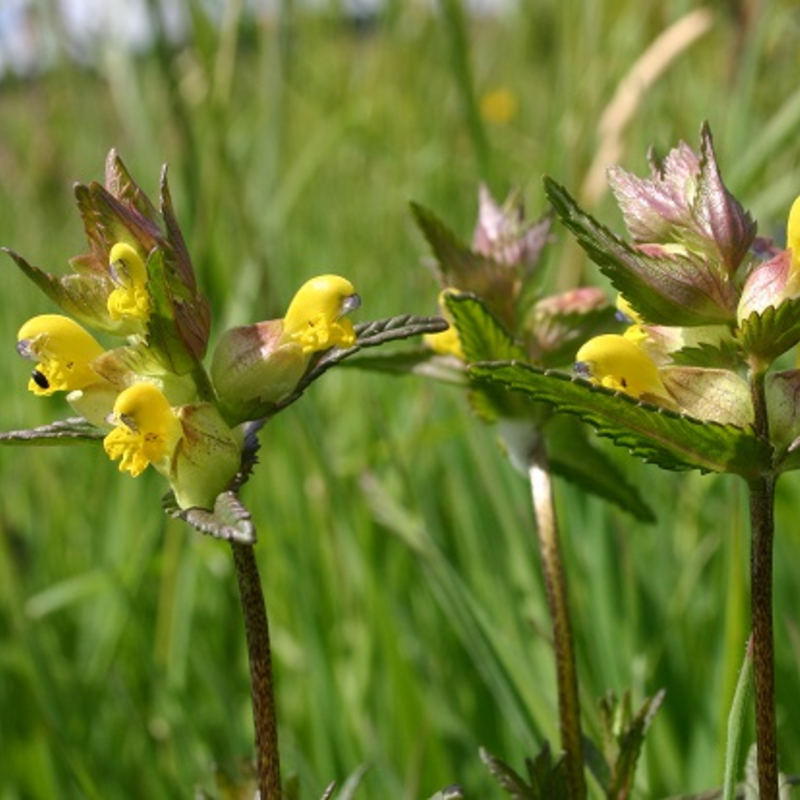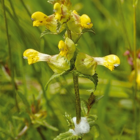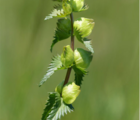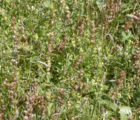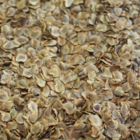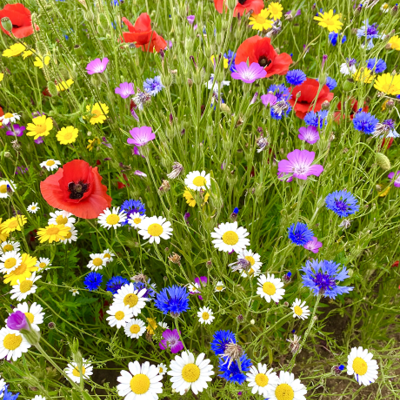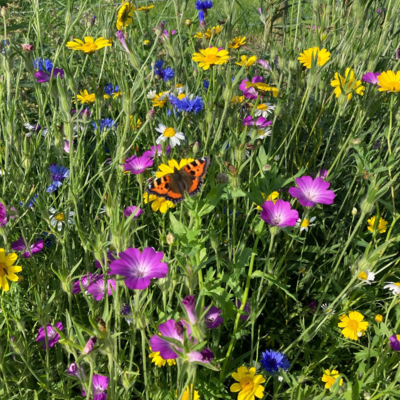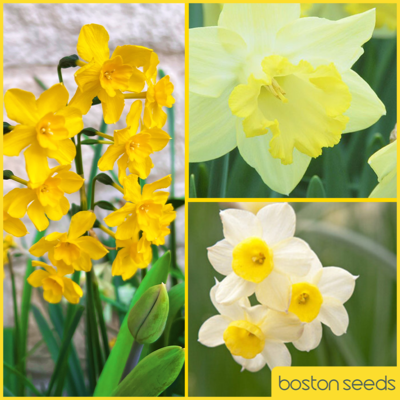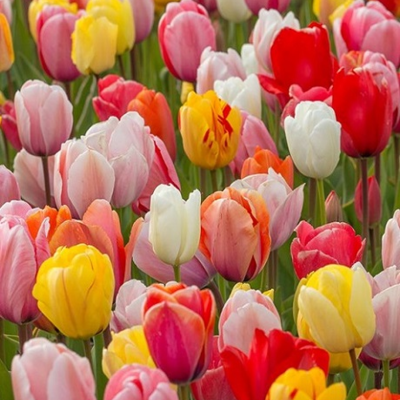Yellow Rattle (Rhinanthus minor) Seeds
Harvest 2025 Seed Now In Stock For Next Day Delivery.
Exceptional quality yellow rattle seeds produced from UK meadow collections, freshly harvested in 2025. Cleaned to exacting standards of purity and germination to ensure we only supply the highest quality seeds. Order online today for next day delivery.
Yellow rattle is an important addition to any wildflower meadow, slowing down the rate of grass growth to create more space and opportunity for a diverse range of wildflower species. Commonly found across natural grassland meadows throughout the UK.
- Type: Annual
- Height: 20–50cm
- Flowers: May-September
- Best Sown: Autumn
- Soil Requirement: Well-drained, moist
- Light Requirement: Full sun
- Natural Habitat: Grassland, meadows
- Also known as: Corn Rattle, Hay Rattle, Penny Grass
- Seeds per gram: 270
Seed Quality
Yellow rattle seed germination falls dramatically after around 12 months from harvest and therefore it is important to sow fresh seed from the most recent harvest. We only ever supply yellow rattle seed from the latest harvest to ensure maximum germination and establishment.
Boston Seeds' yellow rattle seed is always:
- The freshest seed from the most recent harvest year.
- Produced from wild UK meadow collections to ensure native UK provenance.
- Cleaned to exceptionally high purity.
- Tested and selected for high germination rates for successful establishment.
Buy with confidence from Boston Seeds - the UK's most trusted supplier of native British wildflower seeds for over twenty years.
Sowing & Establishment
How to Sow Yellow Rattle Seeds
1 - Location
Where to sow yellow rattle seed?
Yellow rattle prefers areas of full sunlight and well-drained soils, although it will tolerate some light shade. If the soil is particularly fertile, yellow rattle will struggle to establish and may put on more leaf growth rather than flower growth. Removing the top layer of soil or cutting and scarifying will help to bring down the fertility over time.
The parasitic nature of yellow rattle helps to reduce the vigour of slow growing, meadow grasses. However, yellow rattle will struggle to reduce the vigour of fast establishing grasses such as ryegrass due to the competitive nature and rapid growth.
2 - Sowing Period
When to sow yellow rattle seed?
Yellow rattle seed is best sown in the autumn or winter to allow vernalization over the winter. The plant requires a period of cold to break its dormancy to flower from May onwards.
3 - Sowing Rate
How much yellow rattle seed do you need?
Sowing as a straight, yellow rattle seed can be sown at 1g/sqm. Yellow rattle can also be added into mixes or existing meadows between 0.1 - 0.5g/sqm.
4 - Ground Preparation
How to prepare the ground for sowing yellow rattle seeds?
Initially, cut the existing grass down as short as possible with all the cuttings removed. Rake over the area to expose approximately 50% bare earth, leaving some meadow grass there. Mechanical harrowing may be used if on large areas.
Being semi-parasitic, yellow rattle does need some grass within the area to grow and establish.
5 - Sowing the Seed
How to sow yellow rattle seed?
Spread the seed evenly across the area. Due to the seed size, we recommend mixing with sharp sand to ensure even coverage – this can be at 4 parts sand to 1 part yellow rattle seed (by weight). If mixing with sand, ensure that it is mixed thoroughly throughout the seeding process to avoid separation.
After sowing, lightly rake or roll over the seed to ensure good seed to soil contact. As the size of the seed is small, seeds don’t want to be buried too deep as this will prolong or even prevent germination. For larger areas, a mechanical roller can be used.
6 - Germination
How long does yellow rattle seed take to germinate?
Under ideal conditions, yellow rattle seedlings usually begin to emerge from February to March, following an autumn sowing. The plants will then flower from May onwards.
Maintenance
How to Maintain your Yellow Rattle
1 - Flowering time
Yellow rattle seeds require a period of cold to break dormancy to flower from May onwards, and flowering can continue until September.
2 - Ongoing maintenance
Yellow rattle is an annual so it will require ongoing maintenance and a regular cutting regime for it to self-seed and flower the subsequent years. Populations of yellow rattle may die out after a year if the seed heads are not allowed to drop seed.
3 - Regularly weed during ground preparation and throughout the growing season
Disturbance of the soil whilst preparing the ground for sowing can cause some dormant weed seeds to germinate once given the ideal conditions. Because of this, some weeds such as docks and nettles may appear - the best way to minimize this and remove the vigour is by either digging them out or spot spraying.
4 - Cut your grass in Spring
An early spring cut on a high setting (end of February) will help knock back the grass growth over the winter if required, to allow for more light and space for the yellow rattle seedlings to establish. However, yellow rattle does have an upright growth habit so it won’t tolerate a tight mow early on. It is recommended not to cut any lower than 10cm and to remove the clippings after the cut. For the spring cut, cut down to around 10cm and remove the grass cuttings; this will avoid any damage to the young yellow rattle plants as well as reduce grass burden. Cutting can either be done with a strimmer, mower (with the box off) or scythe.
5 - Cut Yellow Rattle in Autumn
As Yellow Rattle is an annual, the autumn cut is required in order for it to self-seed and flower the following year. Once it has died back, they will need cutting to around 10cm in height, leave the cuttings on the surface for around 7-10 days. This will allow the seed heads to dry out and for the seed to have drop into the soil for flowering the foillowing year. After this time, it is important to remove the cuttings else they can mulch back into the soil, making the soil richer and more fertile.
FAQs
When should I sow yellow rattle seed?
It is important to sow your yellow rattle seed the year before you want your seed to grow. Ideally before winter sets in (around October and November) - it will then germinate and bloom in the following spring.
What is the best way to grow yellow rattle?
When sowing your yellow rattle seed it is important to prepare the ground first. Cut the grass as low as possible and remove any weed or cuttings. For best results, we recommend exposing bare soil. Once the ground is prepared, scatter the seed at a rate of 5g per m2, then rake the seeded soul to ensure the seed is in the soil. Keep the seeds well watered during the first six weeks after sowing.
How long do yellow rattle seeds take to germinate?
Yellow rattle seed germinates early in the year, usually during the months of February, March and April. It will then begin to flower usually in May to August.
Does yellow rattle suppress weeds?
Yellow rattle is used to help create and maintain wildflower meadows. Once the yellow rattle seed has grown and established itself, it draws water and nutrients from the soil. This allows for other wildflowers to grow and establish themselves without other grasses and weeds taking over.
Buy With Confidence

